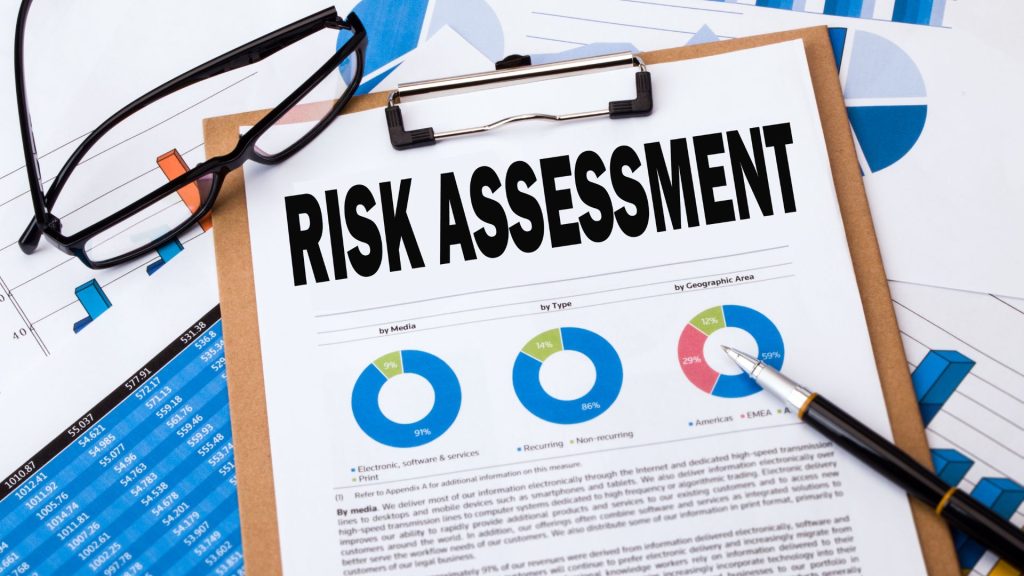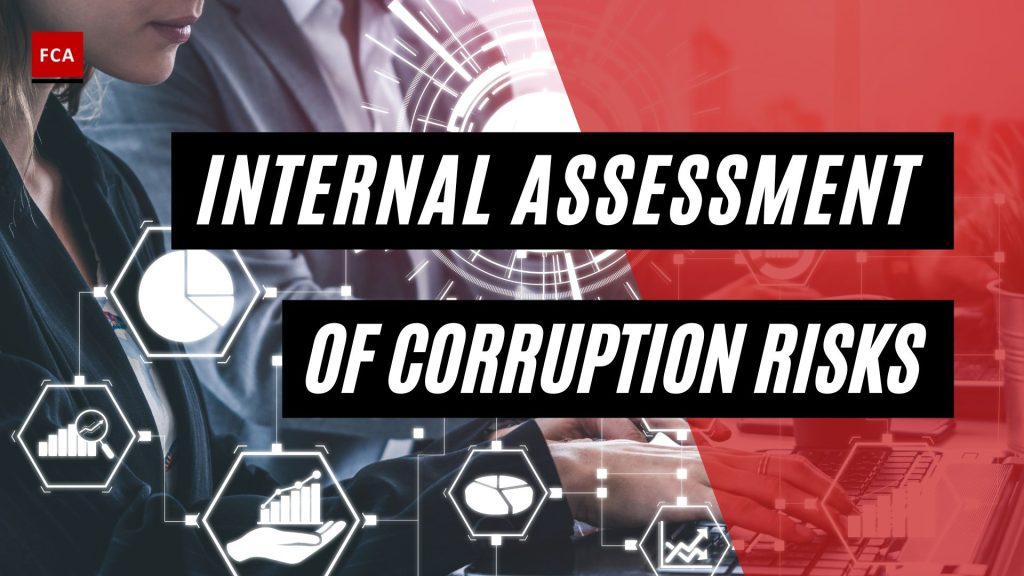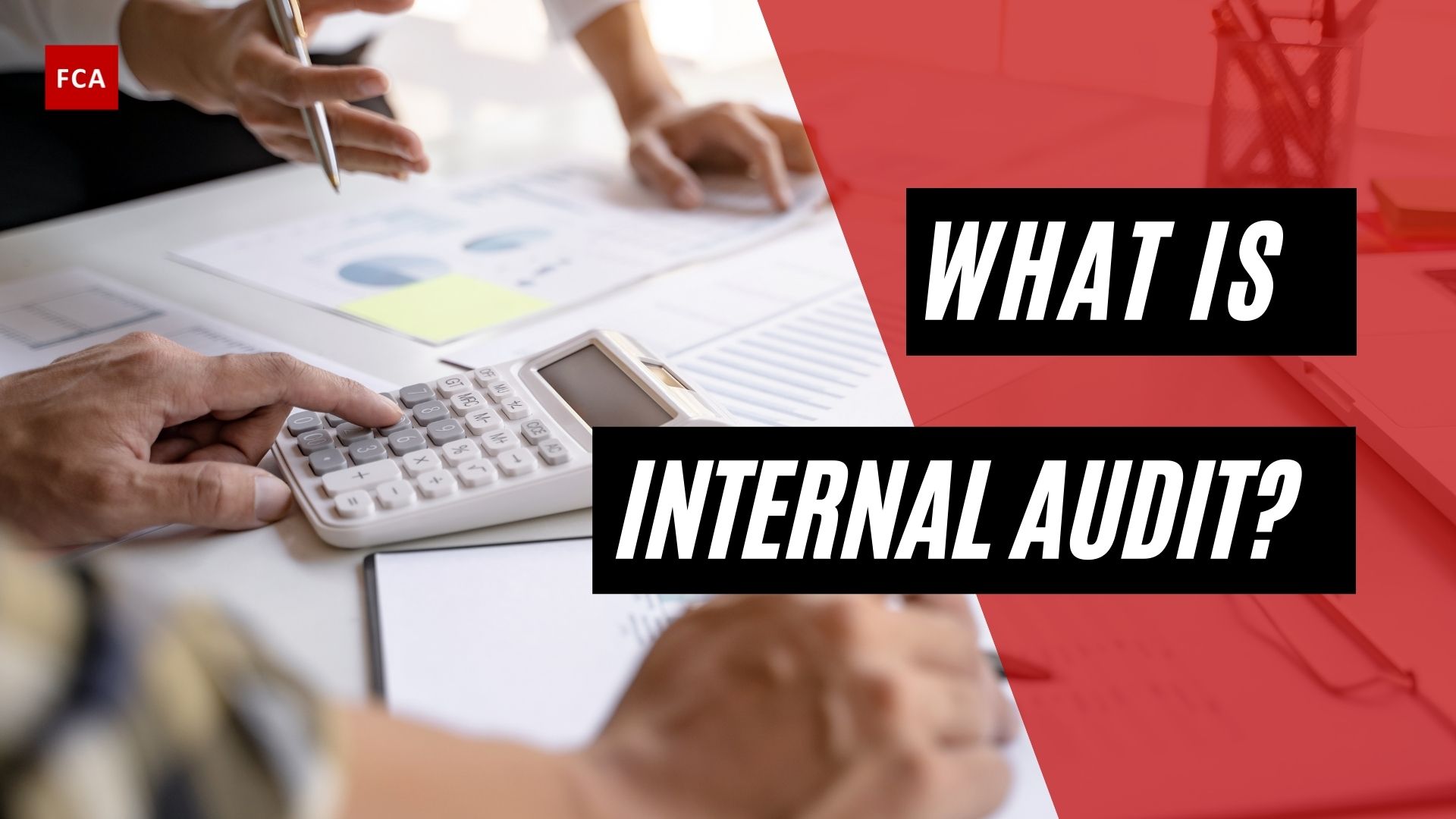La evaluación interna de los riesgos de corrupción es una herramienta de diagnóstico que busca identificar fallas sistémicas que pueden brindar oportunidades para la corrupción. Se diferencia de muchas otras herramientas para evaluar la corrupción en que se centra en el potencial de corrupción en lugar de la percepción, existencia o alcance de la corrupción.
El desafío clave del cumplimiento anticorrupción es la monetización. Es introducido e implementado activamente por empresas que se han dado cuenta de que debido a la «revisión» de los procesos, es posible aumentar las ganancias y ahorrar significativamente.

El cumplimiento es más efectivo que los controles. El modelo de investigaciones internas modernas ya no implica una verificación de servicio clásica como una de las etapas de los procedimientos disciplinarios en la empresa, sino una actividad más amplia y sistemática. Hace apenas unos años, las investigaciones internas crearon una imagen de la emergencia que alertó al personal, requirió recursos para las acciones de búsqueda y, a menudo, afectó los procesos centrales y la situación en el equipo.
El interés de los propietarios consiste en aumentar las ganancias y la escala del negocio. El algoritmo para realizar comprobaciones de servicio post-factum debe utilizarse como último recurso.
Evaluación interna de los riesgos de corrupción
El enfoque orientado al riesgo se ha convertido en un marcador de la seguridad moderna en las empresas. En primer lugar, consiste en realizar una auditoría de los procesos, implementar la política anticorrupción y adecuarlos a la legislación.
La cultura de cumplimiento cualitativamente ajustada se convierte en un factor invisible para aumentar la productividad y la dedicación del personal y reducir el número de conflictos intracorporativos. La implementación de las decisiones anticorrupción siempre es difícil. Se acompaña de rechazo y conflictos: el trabajo exclusivamente sistemático y rutinario produce resultados obvios.
Una de las etapas clave de este trabajo es la evaluación interna de los riesgos de corrupción. Se lleva a cabo para determinar las medidas legales, organizativas y de otro tipo para minimizar las manifestaciones de corrupción en la empresa, introduciendo el control y la gestión efectivos de los riesgos de corrupción detectados.

Para realizar una evaluación cualitativa, es necesario:
- Elaborar el «Reglamento sobre el Procedimiento para la Evaluación de Riesgos de Corrupción», aprobado por el Poder Ejecutivo. El Reglamento debe incluir definiciones de riesgo de corrupción, objeto de evaluación, identificación de riesgos y socios comerciales. El Reglamento también debe especificar y describir en detalle las medidas organizativas y preparatorias relativas a la evaluación de los riesgos de corrupción, el procedimiento para la actividad de la comisión de trabajo, el procedimiento para identificar los riesgos de corrupción y su evaluación.
- Aprobar la composición de la comisión de trabajo. Para un trabajo más eficaz, es deseable involucrar a expertos independientes en la legislación anticorrupción en el proyecto. El protocolo debe registrar el trabajo de la comisión.
- Desarrollar y aprobar una evaluación de riesgos o un plan de trabajo por parte de la gerencia. Debe contener las etapas de realización de la evaluación y los términos de su desempeño.
- El siguiente paso es la implementación del plan. Llevar a cabo la identificación de riesgos de corrupción, durante los cuales es necesario tener en cuenta: resultados de investigaciones de servicio anteriores, certificados de auditoría; apelaciones y quejas recibidas de ciudadanos sobre la comisión de posibles actos de corrupción; facultades de los funcionarios, etc.
- La evaluación directa de los riesgos de corrupción se lleva a cabo de acuerdo con los criterios de la probabilidad de ocurrencia de los riesgos de corrupción identificados y las consecuencias para la empresa. Como resultado de la evaluación, se establece el nivel de riesgo.
- La comisión de trabajo prepara un informe sobre los resultados de la evaluación de los riesgos de corrupción, y cada miembro de la comisión firma el informe.
- Sobre la base del informe sobre los resultados de la evaluación de los riesgos de corrupción, se aprueba un calendario previsto para la aplicación de medidas destinadas a eliminar los riesgos de corrupción. Dicho plan debe contener el nombre del riesgo identificado, su nivel, medidas de eliminación y personas responsables con plazos.
Reflexiones finales
La evaluación interna de los riesgos de corrupción tiene como objetivo minimizar los riesgos identificados, aumentar la transparencia de la actividad de la empresa, fortalecer el control sobre el cumplimiento de los requisitos de las regulaciones establecidas y crear restricciones y obstáculos adicionales para reducir la probabilidad de actos de corrupción por parte de los funcionarios.








